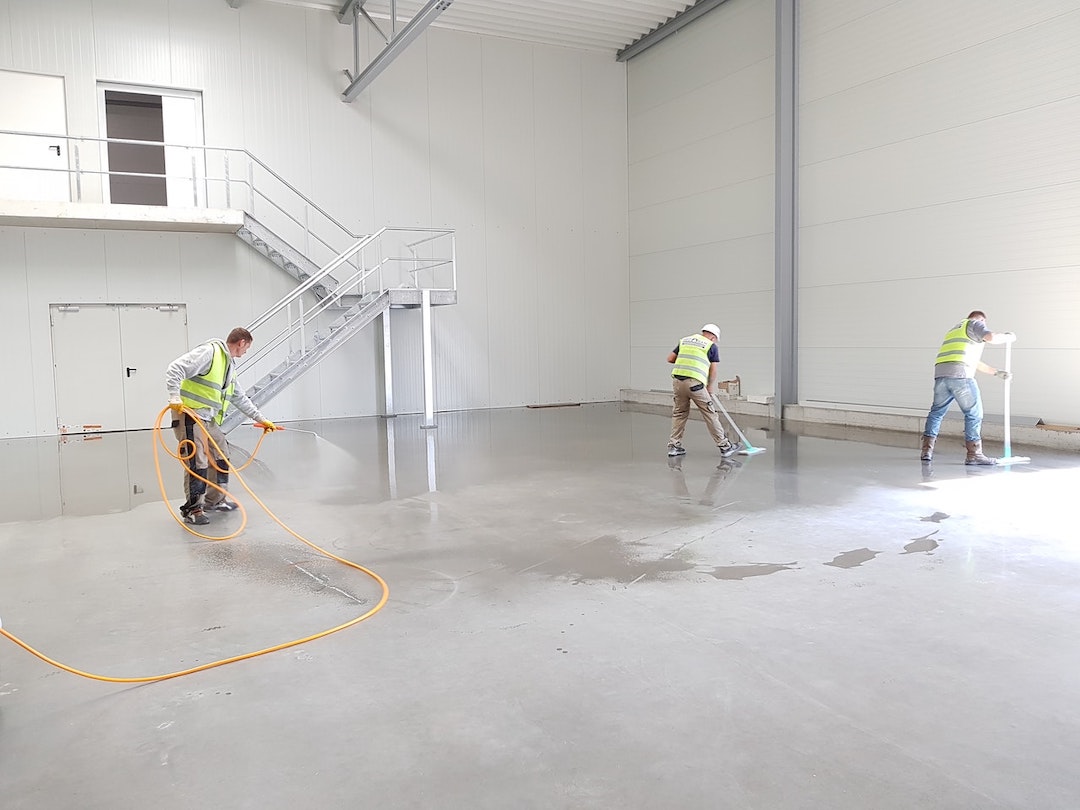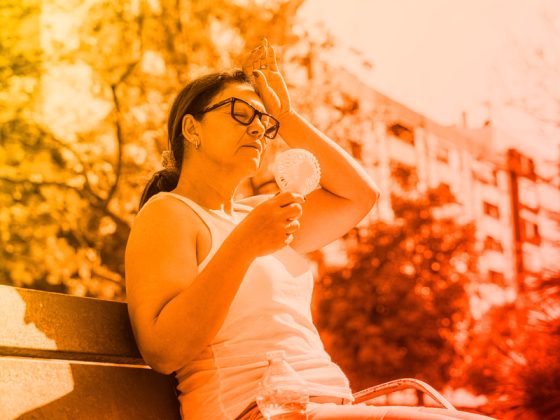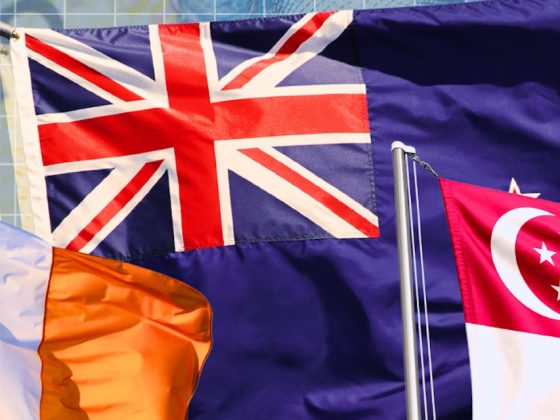In the event of a public health crisis or natural disaster, public buildings deliver life-saving services and capacity for temporary healthcare and other community relief operations. Public buildings are also part of the infrastructure that enables governments to fulfill their missions. But as we have seen in the COVID-19 pandemic, many of these facilities are in dire need of improvement to meet modern requirements.
In February, Johnson Controls was asked by the provincial government in China to help build a temporary healthcare facility in Wuhan that was operational in weeks. The government also renovated stadia and conference centres, turning them into temporary hospitals. As the coronavirus spread globally, Johnson Controls employees were on the front lines supporting rapid construction and renovation of public facilities in a number of US states to provide temporary healthcare for COVID-19 patients.
Since the coronavirus outbreak, public buildings in the US have been challenged to provide healthy and safe community shelter facilities in response to severe weather, wildfires and other emergencies. By combining national economic recovery funding with private investment, buildings can be cost effectively modernized to improve safety, sustainability and resiliency while providing the flexibility to respond to a variety of public health and natural disasters.
This “FLEXREADY” system is a means to check the nine standards that organizations should meet to improve the health, safety, sustainability and resilience of their buildings, while preparing for future emergencies.
Flexible – Facilities should be able to quickly change operating modes to support different emergency and non-emergency conditions. Building automation systems should be programmed to provide safe and healthy operations under viral pandemic conditions and energy efficient operations under reduced occupancy conditions. Facilities should also be able to maintain safe operations under a variety of severe weather, electrical grid outage and other natural disaster conditions.
Life Safety – Facilities should be protected from unauthorized access and life safety risks. Detailed life safety and security assessments can identify opportunities for applying touchless access control, thermal scanning for elevated skin temperature monitoring and remote fire detection and alarm management which can enhance occupant safety during pandemic conditions.
Emergency – Facilities should be able to support a range of temporary emergency situations including public health and natural disasters. Public facilities, which often act as a community shelter-in-place during natural disasters, now must operate under conditions of potential coronavirus exposure and provide temporary quarantine and isolation space for COVID-19 positive, exposed or symptomatic individuals. Some facilities can also be updated to operate as a temporary non-acute healthcare facility during pandemic outbreaks.
capX – Modernizing facilities and infrastructure to be flexible to support a variety of emergency conditions requires additional investment. In addition to relying on internal capital expenditures, a variety of federal, state and local economic stimulus and disaster recovery funds may be available. There may also be opportunities to leverage public-private financing, such as performance-based contracts and “infrastructure as a service” business models, to pay for infrastructure improvements over time based on long-term energy and operational savings.
Resilient – Facilities should be designed to remain operational, or recover quickly, after severe weather incidents or an extended electrical grid outage. Typical measures include assuring that backup power generators are properly fueled, maintained and tested and that mechanical and electrical equipment is protected from flood damage. Solar PV and battery storage systems, often installed to support sustainability goals, can be designed to provide emergency power for critical services. Even higher levels of resiliency can be provided by cogeneration plants and other distributed energy resources configured as microgrids for standalone, extended operation.
Efficient – Efficient operations of facilities under pandemic conditions can be challenging given that many of the measures that improve indoor air quality, such as increased outdoor air ventilation and indoor air filtration, can increase energy use depending on building type and location. Buildings operating under extended schedules to reduce occupant density and commuting congestion could also be impacted by increased energy usage. Upgrading mechanical systems and programming building automation systems to optimize energy performance under these “new normal” pandemic conditions will be critical to achieving energy efficient, sustainable operations.
Air Quality – Maintaining high levels of indoor air quality has become critical during the pandemic due to the risks of indoor airborne coronavirus transmission. Guidelines for healthy and safe building operations have been provided by many credible government agencies and engineering organizations around the world. Common recommendations include increased ventilation, enhanced air filtration and indoor air treatment. Maintaining room humidity levels within a range of 40-60% RH is also an important strategy. These measures can work in combination to reduce the likelihood of infection but are dependent on the ability of existing building mechanical and control systems to be able to implement the improvements while maintaining adequate comfort for occupants.
Buildings designed or updated to incorporate these elements support a variety of sustainable development goals including SDG 3 (Good Health and Wellbeing), SDG 8 (Decent Work and Economic Growth), SDG 11 (Sustainable Cities and Communities) and SDG 13 (Climate Action).
Making these improvements can give communities greater confidence that their buildings are being operated safely and sustainably and are prepared to meet a variety of future emergencies, including those associated with global climate change and health.
By Clay Nesler, Vice-President, Global Sustainability and Regulatory Affairs, Johnson Controls
Republished from the World Economic Forum










